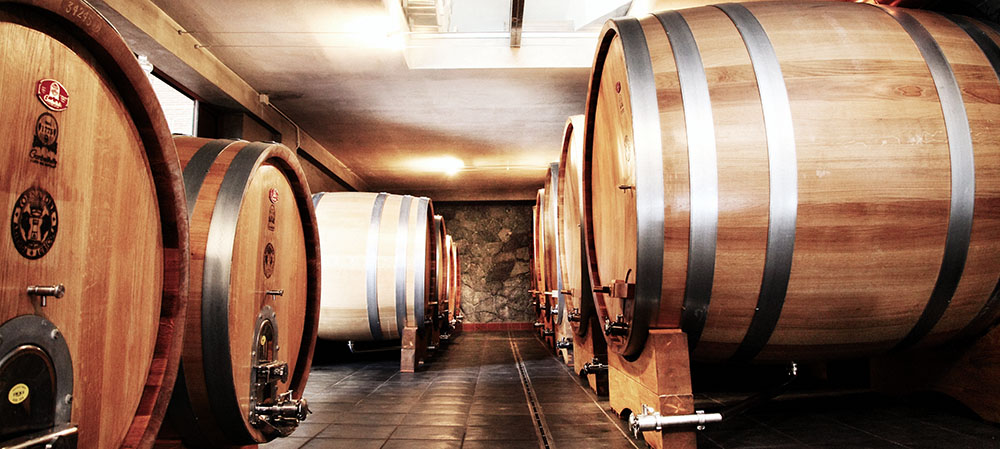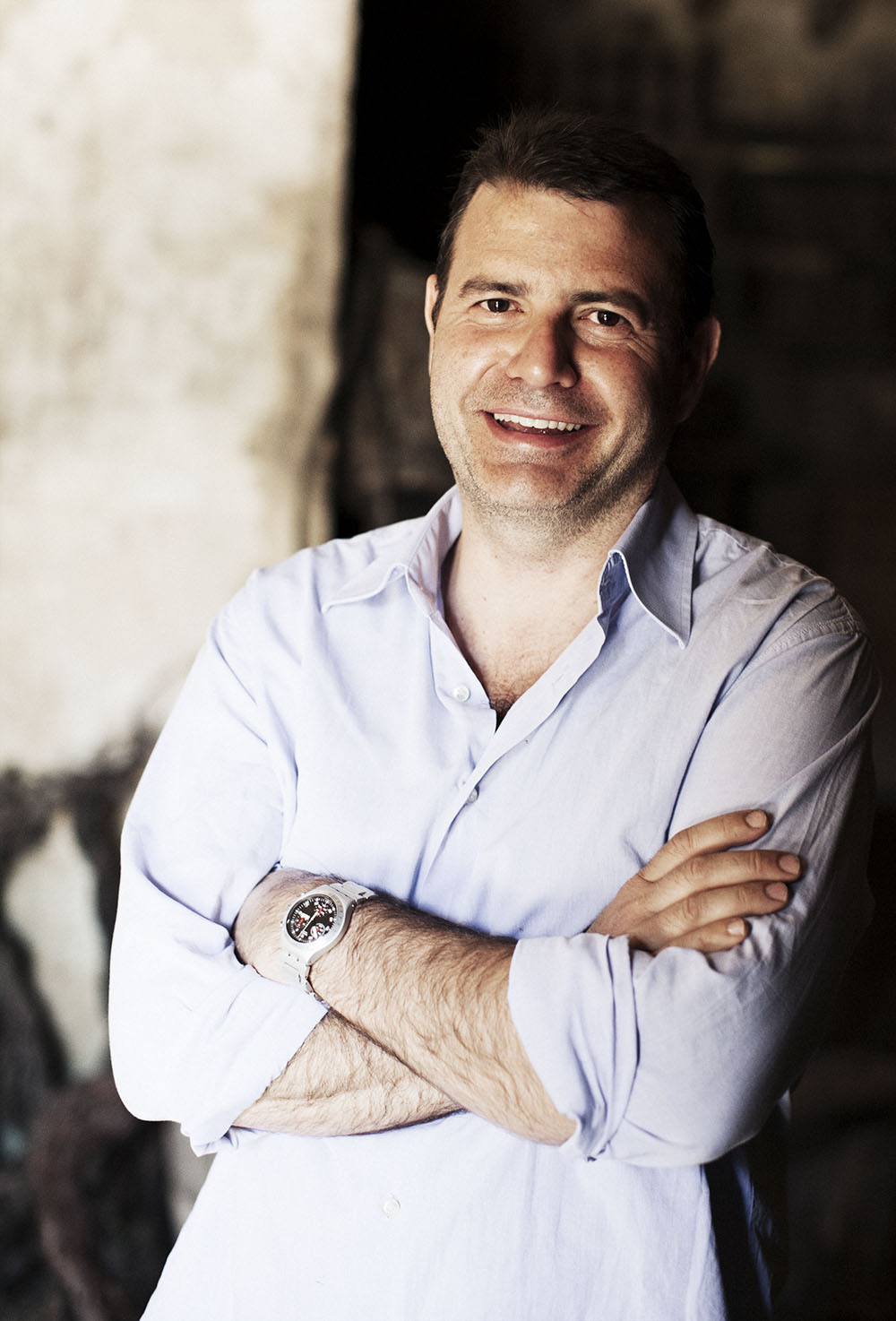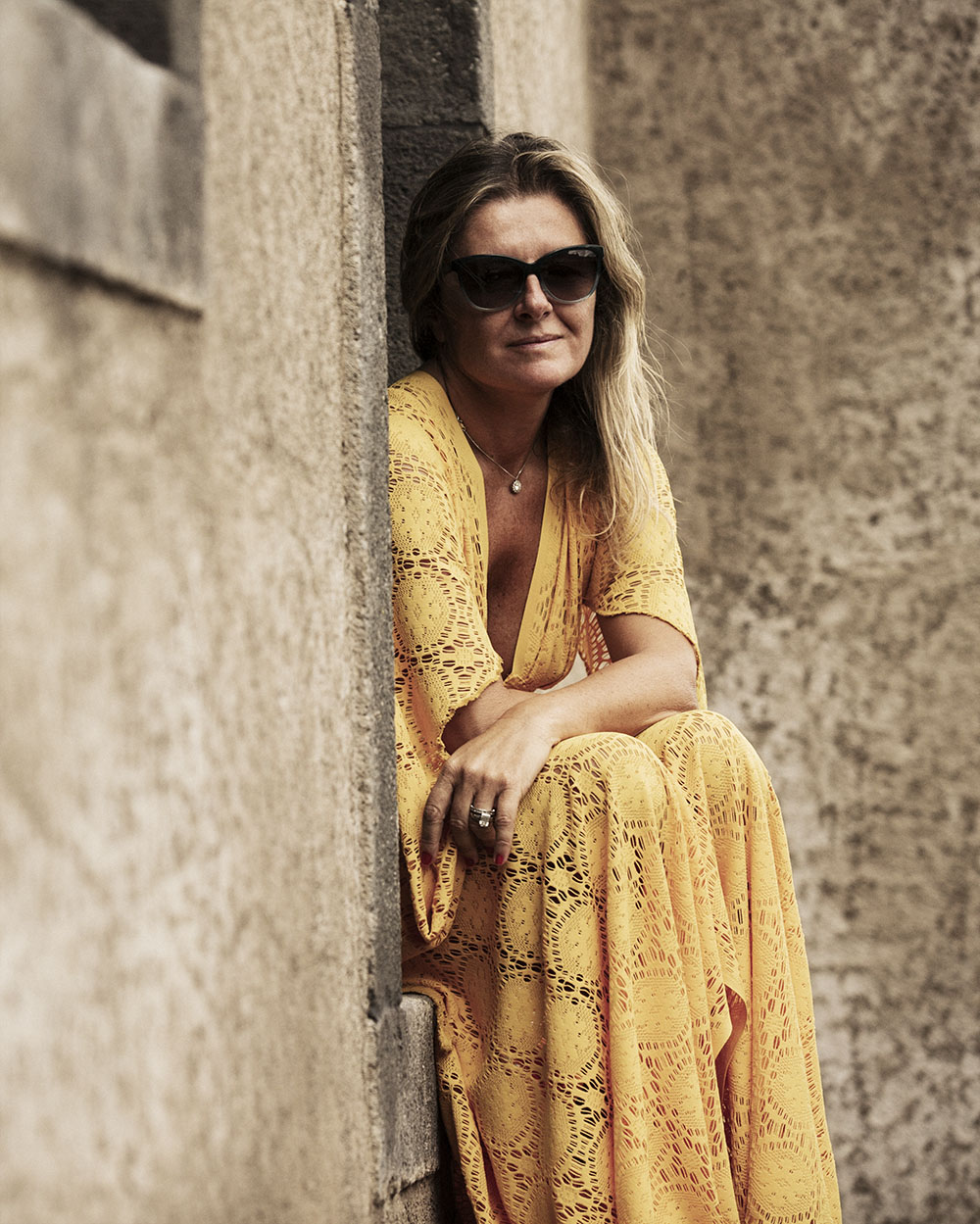
“Go to where the men speak Italian, then continue until they speak something else!”
~ Godfrey of Ibelin, Kingdom of Heaven
Hollywood embellishment aside, this reference to Sicily, from Ridley Scott’s crusader film, indicates the importance of the island throughout history. Its strategic location as the Mediterranean’s largest island has seen the ebb and flow of numerous races imprint their legacy in the sands of time. Phoenicians, Greeks, Carthaginians, Byzantines, Arabs, Normans, Germans, Spaniards and Italians have helped to create the unique identity known as Sicilian.
The arrival of viticulture is credited to the Greeks, circa 8th century BC. There, they encountered the local inhabitants known as Sicans and Sicels. Sicilian wine became famous for its sweetness and was exported, but to what extent is unknown, due to hard-to-identify Sicilian amphorae. It is also believed that the vine made the leap to the mainland and spread throughout Italy under the tutelage of the Romans.
Post-Romans, through the middle ages, and right up to the modern age, Sicilian wine was produced, but the island’s principal exports were wheat and sulfur. Then, in 1773, the landscape, changed, literally, with the arrival of Englishman John Woodhouse, who opened a winery in Marsala. Seeking a new source of wine that travelled well à la Port and Sherry, Woodhouse used the “in perpetuum” technique (think Sherry’s solera system), which he used in conjunction with fortification. The new wine had the stuffing required to survive the sea journey back to England, where it became an instant hit. Other entrepreneurs soon arrived, and the turning point from grain to grape began.
For most of the 20th century, Sicily was famous for its concentrates. These high-sugar juices were used to ameliorate much weaker Northern Italian wine, notably from Piedmont and Tuscany. The state of Sicilian viticulture and vinification remained static until the 1980s, when modern technology and a new outlook on winemaking commenced, making Sicily a force for quality wines.
Today, there are 23 DOCs and 1 DOCG, and even though Marsala still exists, the most exciting wines, in my opinion, are dry red renditions.
So, when I was offered to chance to visit the island for the first time, to sample the latest vintage of Nero d’Avola and Nerello wines, I jumped at the opportunity, channelling my inner Godfather fantasies and pushing aside images of volcanic eruptions and CNN news crews.
Nero d’Avola
This variety has been documented in Sicily since the 17th century. Its hallmark, for most of the 20th century, was high-yielding/alcohol wines of a table/blending nature. That all changed with the release of the 1984 Duca Enrico by Duca di Salaparuta, Sicily’s first premium, mono-varietal Nero. It showed the world that when treated with TLC, the vine can produce rich reds full of plum, dark cherry, raspberry and spice flavours. This kicked off a wave of premium, low-yield Neros, many with good amounts of oak, which was the fashion of the day. My personal epiphany was the 1994 Rosso del Conte from Tasca d’Almerita.
Today, the grape is grown all over the island, with the southeast quadrant and its limestone soils considered to produce the best renditions. Further enhancing Nero’s position is the fact that producers have grubbed up French varietals, which had been planted previously, in preference of Nero. All these efforts have paid off: as of the 2017 vintage, varietal Nero d’Avola will have the right to the DOC status on labels, as opposed to the generic Sicilia DOC.


Nerello
In reality, there are two Nerellos: Mascalese and Cappuccio, with the prior being the qualitative champ. It’s rise to fame in the past decade is due to one explosive reason: Mount Etna! Vines tend to be planted on the northern and southern slopes of the active volcano, with the sweet spot being between 500 and 800 metres. The sandy/rocky soils are a significant deterrent to phylloxera, and because of this, there are many century-old vineyards alongside newer plantings. Yields are typically small, and the vineyard work is backbreaking and expensive. Stylistically, the wines are more linear as opposed to the fleshiness that Nero offers, which might also help to explain why Etna wines have only recently become part of the lexicon of wine lovers.
For a wine to be bestowed with the Etna Rosso DOC (created in 1968), it must contain a minimum of 80 percent Nerello Mascalese and a maximum of 20 percent of Nerello Cappuccio, with the possibility of other red and white grapes as filler.
Etna’s star is only going to continue to ascend as it was announced at this year’s Sicilia en Primeur that famed Barbaresco producer Angelo Gaja will soon start making volcanic wine. Why, you might ask? With pale colour and aromas of red fruit, flowers, balsamic, tar and spice, as well as high tannins and acidity, comparisons to Nebbiolo are commonplace.
Girolamo Russo San Lorenzo 2015, Etna Rosso DOC ($55)
Raspberry, strawberry, red rose, liquorice and earth are present on a concentrated and sweet mid-palate. The finale turns minty, and then the elevated tannins kick in.
Feudo Arancio Cantodoro Riserva 2014, Sicilia DOC ($20)
Cantodoro is a blend of 80% Nero d’Avola and 20% Cabernet Sauvignon. Plum, dark cherry, raisins, cocoa, dry earth and vanilla are built on grippy tannins. Excellent length and a perfect pairing for grilled meats.
Feudo Maccari Saia 2014, Sicilia DOC ($30)
Saia is the Arab word for irrigation canals used centuries ago to collect water. This is a full-bodied, oaked nero with loads of plum, earth, vanilla, tar, roses, spice, cocoa and leather. Excellent length.
Pietradolce Vigna Barbagalli 2015, Etna DOC ($95)
Made from 80- to 100-year-old Nerello Mascarese vines grown at 900 metres, this wine offers an intense bouquet of cherry, rose, plum, vanilla, spice, balsamic and baked soil. Firm on the finale.
Tenuta Gorghi Tondi Sorante 2014, Sicilia DOC ($20)
Sorante is Gorghi’s top end Nero d’Avola — and rightfully so! Aged for 8 months in French oak, the wine possesses a personality of raspberry, vanilla, flowers, black olive, mint and chocolate, There is a creamy palate and a long aftertaste
Feudo Montoni Vrucara 2013, Sicilia DOC ($40)
Plum, mint, herbs, anise, potpourri and cherry cola are all present in the medium-plus body Nero. Superb finish and ready to drink with a roast lamb.
Tenuta Nicosia Sosta Tre Santi Nerello Mascalese 2012, Etna Rosso DOC ($35)
This is Nicosia’s Etna “cru,” with the grapes grown between 700 and 750 metres. Cherry cola, raspberry, rose and anise are all present in this medium- to full-bodied red. Lingering finale with fine tannins and lovely freshness
Benanti Serra della Contessa 2013, Etna Rosso DOC ($50)
Grown at a lower altitude (500 metres), this wine has more of a dark fruit personality, which meshes with cherry, earth, rose, balsamic, vanilla and cream.
Tenuta di Fessina Il Musmeci 2011, Etna Rosso DOC ($50)
Cherry, cola, earth, mint, chocolate, balsamic and earth on the nose and palate. Grippy tannins appear on the palate, making me want to serve this alongside suckling pig.
Principi di Butera Nero d’Avola 2015, Sicilia DOC ($25)
Plum, raisin, cherry, Chambord liqueur and dried herbs on the nose meet up with cassis, vanilla and cocoa on the palate. Excellent length, fresh acidity and polished tannins make for a great example of the varietal.
Cottanera 2013, Etna Rosso DOC ($25)
Fresh acidity and dry tannins support this very Nebbiolo-like wine, which features cherry, plum, tar, dried flowers, spice and cocoa.
Tornatore Trimarchisa Etna Rosso 2014, Etna Rosso DOC ($45)
A heady perfume of rose, red fruit, leather, ash, red flower and cherry. Palate is full-bodied, tannins are assertive and there is superb length.
Lombardo Vini Eimi 2012, Sicila DOC ($40)
Eimi means “I am” in Greek — a nod to Sicily’s Hellenic past. This 100% Nero d’Avola proudly pronounces itself with plum, dark cherry, raspberry, raisins, violets and earth. Full-bodied with sublime richness and firm tannins, this wine is destined to age for 15 plus years.
Valle dell’Acate Nero d’Avola Il Moro Limited Edition, Sicilia DOC ($20)
Limited Edition is only produced in top years. Full in body, there is cherry, plum, tar, anise, violets, spice, cocoa and cola, which carry long. Roast suckling pig would be a brilliant pairing.
Tenuta Gatti Martiniano 2011, Sicilia IGT ($25)
This concentrated blend of 70% Nero d’Avola and 30% Cabernet Sauvignon possesses a natural alcohol of 14.5%, with a profile of plum, raspberry, vanilla, tar, spice, cola and mint. Full-bodied and long-lasting.
Graci Feudo di Mezzo 2015, Etna DOC ($30)
A potent blend of 95% Nerello Mascalese and 5% Nerello Cappuccio. Cherries, raspberry, red flowers, maple and spice are present in this vibrant red. Tannins and acids are high, which bodes well for aging, but it will still require some form of protein, preferably lamb.
Girolamo Russo Feudo 2015, Etna Rosso DOC ($40)
One of my discoveries at the year’s Sicilia en Primeur was this producer, whose 3 Etna cuvees were all top notch. This one serves up a bouquet of cherry, dried flowers, tobacco, smoke and scorched earth. On the palate, it turns to the dark fruit spectrum, and then the tannins take over. A nice drop indeed.
